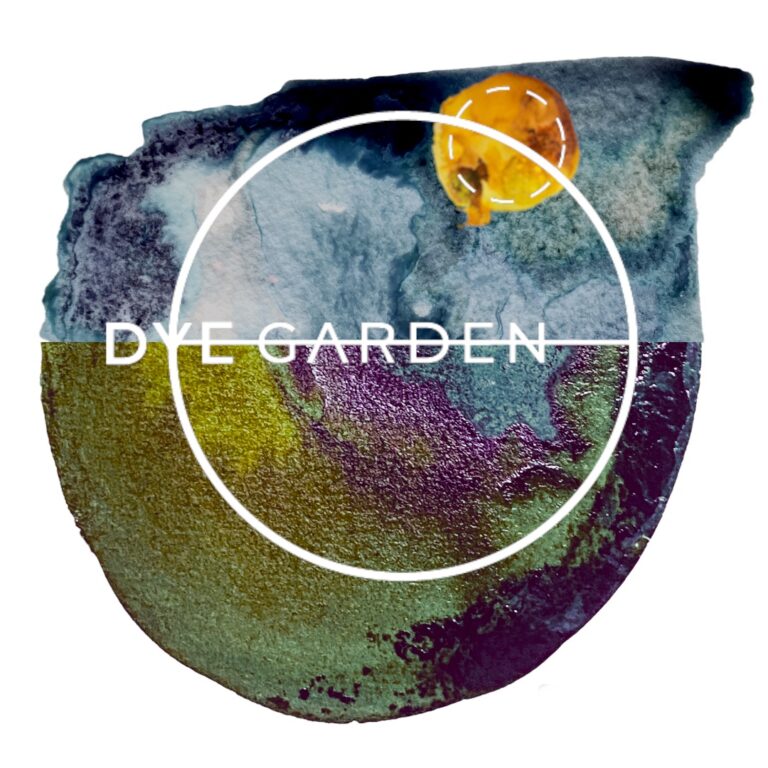On the 12th of September, we held the local color mapping workshop for HvA students from the minor sustainable futures. We went out into the Sarphati-park to gather different types of natural dye material. The participants collected leaves, flowers, soil, berries, and more. Eventually, we gathered together to test whether the samples they collected contained biochromes that you can dye with. Try it out yourself and download the leaflet below!
The 5 steps of explorative mapping:
EXPLORE – explore the surroundings to uncover our plant-blindness, and collect samples of biochromes
MAP – digitally and physically mapping provenience, to form data maps together
DOCUMENT – understanding the relation of the biochromes samples to the environment
EXPERIMENT – testing the samples for our assumptions, partly intuitively and partly guided by experts
REFLECT – through field notes, assumptions, relations and reactions
